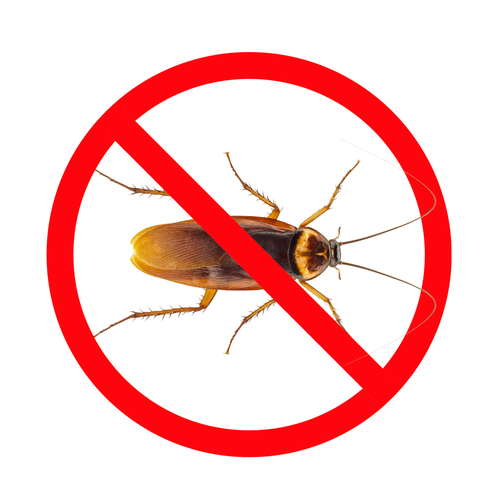CDC and EPA Combine Forces Against Insect-Borne Diseases
 |
In the United States, mosquito bites used to be more annoying than anything else, requiring old-fashioned remedies and maybe a bandage to ward off infection. That all changed in 1999, when the CDC revealed that mosquito-borne West Nile virus was detected in the United States, a disease that causes febrile illness (fevers), encephalitis (inflammation of the brain) or meningitis (inflammation of the lining of the brain and spinal cord).
A “Joint Statement on Insect Repellents from the EPA and the CDC,” issued in July reveals that from 1999 through 2012, mosquito-transmitted West Nile virus caused more than 36,000 cases and 1,500 deaths in the United States. In addition, mosquitoes also transmit other diseases, including La Crosse encephalitis, eastern equine encephalitis and dengue fever, which is caused by any one of four related viruses carried by mosquitoes. Outside the United States, travelers may also be exposed to mosquito-transmitted pathogens that cause malaria, Japanese encephalitis, and chikungunya, which is a growing threat in the Western Hemisphere.
When it comes to environmental compliance, the Environmental Manager’s Compliance Advisor newsletter is your “peace of mind” guide to environmental protection agency (EPA) regulations at 40 CFR. Learn More.
In addition to mosquitoes, ticks are another disease carrier and the CDC estimates there are about 300,000 cases of tick-transmitted Lyme Disease in the United States each year. Ticks also transmit the pathogens that cause Rocky Mountain spotted fever, babesiosis, anaplasmosis, ehrlichiosis, tularemia, Colorado tick fever, Powassan encephalitis, and Heartland virus disease in the United States.
Nationwide, federal, state, and local agencies work together to oversee and maintain mosquito control programs that provide prevention, public education, and insect population management services. Many also provide information about local risks of tick-borne diseases. Unfortunately, these services are not available everywhere in the country and cannot completely eliminate the potential for infection.
As a result, people who spend a lot of time outdoors for work or play should heed the Agencies’ recent recommendation to use insect repellents and take other precautions to minimize the potential for infection. Specifically, insect repellent use is considered a valuable tool in the Agencies’ overall Integrated Pest Management scheme to control populations of mosquitoes and ticks and protect human health.
Your “Peace of Mind” Guide to EPA Regs
Environmental Manager’s Compliance Advisor saves time and worry with concise reports on what the EPA, DOT, and state regulators are doing and what that means for you.
In addition to the use of repellents, the following practices are also recommended for individuals to both prevent bites and minimize exposure to mosquitoes and ticks:
- Wear clothing that inhibits ticks and mosquitoes from biting (such as long-sleeved shirts, long pants, closed -toed shoes, and hats);
- Check your body frequently to find and remove ticks;
- Avoid the locations where mosquitoes and ticks are most active and times when mosquitoes are most active; and
- Use physical barriers like window screens or netting to exclude insects, especially when sleeping.
One thing many consumers may not know is that in the United Sates, under the Federal Insecticide, Fungicide, and Rodenticide Act (FIFRA) insect repellent products that are registered for use to repel mosquitoes and ticks are reviewed by the EPA to ensure they work according to label directions and precautions and are not expected to pose unreasonable risks to human health or the environment.
Two very important factors in this evaluation are the types of insects repelled and the period of time the repellent is actually effective. Recently, the EPA announced new Repellency Awareness Graphics for insect repellents that are designed to help consumers choose the repellent most appropriate for their needs based on those two factors. Tomorrow, we will take a closer look at the new graphics and EPA’s other efforts to help consumers find safe and effective insect repellents.
